Question
What does exactly "Assume" a role mean in AWS and where is the definitive definition provided?
Background
Assuming a role is frequently used and trying to understand the definition and what it actually means.
I suppose when a principal (IAM user, application running in an EC2 instance, etc which invokes an action to access AWS resource(s)) needs to invoke an action to access an AWS resource:
AWS (API? or some Authorisation runtime in AWS?) identifies the roles which the principal can be granted.
e.g. if an EC2 user is specified to execute the assume-role API call and run an application which accesses an AWS resources in an EC2 instance to which IAM profile is attached, then:- All the IAM roles from the EC2 IAM profile
- IAM roles and policies requested in the assume-role call
- IAM roles which the EC2 user is granted
AWS finds a role from the roles which has the policy (action, resource) that allows the principle to do the action on the resource.
AWS switches the role of the principle to the role identified.
When the step 3 has happened, it is said "the principal has assumed the role". Is this correct?
Research
Before an IAM user, application, or service can use a role that you created, you must grant permissions to switch to the role. You can use any policy attached to one of an IAM user's groups or to the user itself to grant the necessary permissions.
- Assuming a Role
- AssumeRole
- Using IAM Roles
- Using an IAM Role to Grant Permissions to Applications Running on Amazon EC2 Instances
Update
Assuming an IAM role in AWS involves a temporary transfer of permissions. By assuming a role, the entity can carry out tasks and utilize resources with the authorized permissions, without making any permanent alterations to their own permissions.
Once the session token for the assumed role has expired, the entity's additional permissions will be revoked.

